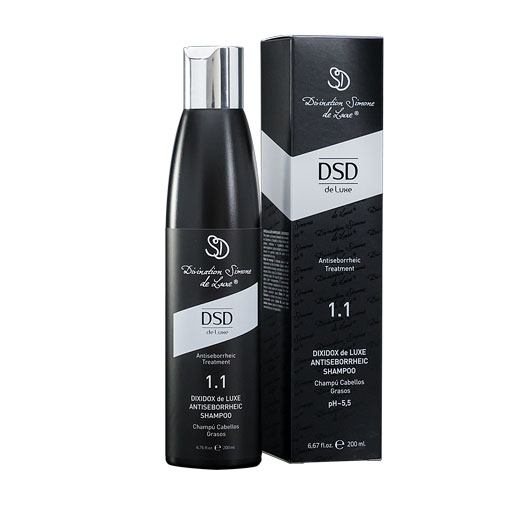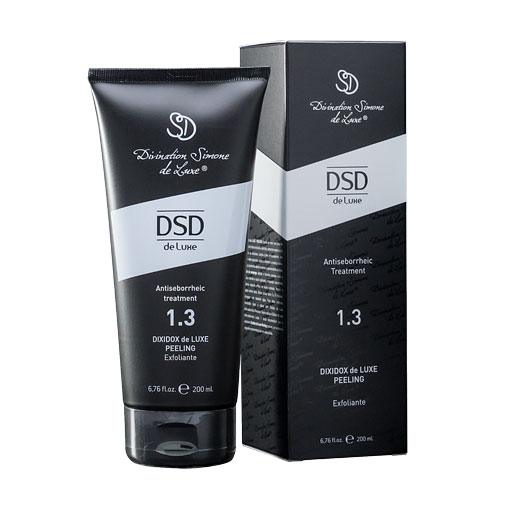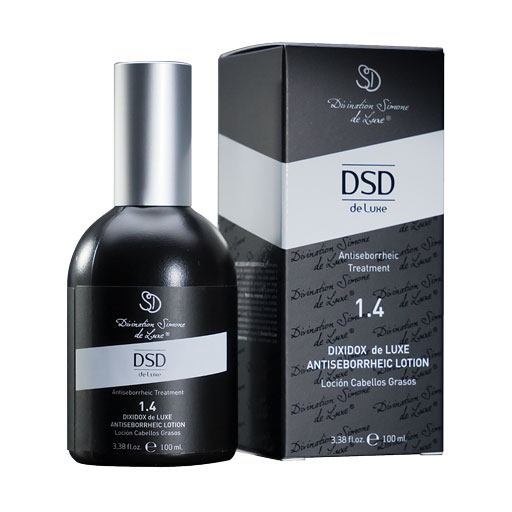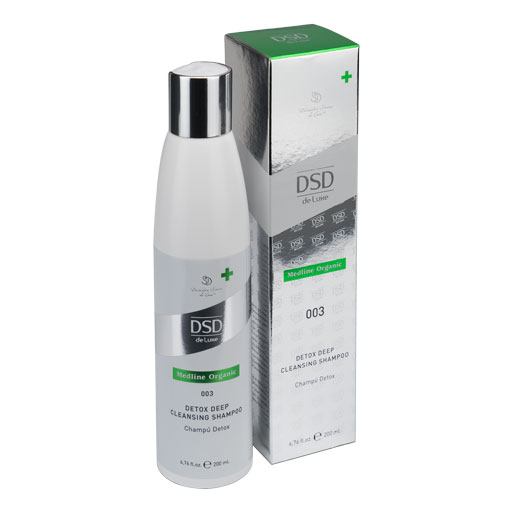Seborrheic Eczema
Also known as seborrheic dermatitis
What is Seborrheic Eczema?
Seborrheic eczema, also known as seborrheic dermatitis, is a scaly skin rash caused by excessive sebum production, leading to itching and redness. It occurs in areas with many sebaceous glands, such as the scalp, and can cause a variety of symptoms, from dandruff to a rash in the affected area.
Causes of Seborrheic Eczema
The main cause of seborrheic dermatitis is the fungus Malassezia furfur. This fungus prefers areas with higher fat content and feeds on dead skin. It is important to note that psychological factors can also have a negative impact on the pathological changes in the skin.
What causes seborrheic dermatitis?
Seborrheic dermatitis is usually caused by a combination of genetic and environmental factors. Common triggers for seborrheic dermatitis include:
- Stress
- Recovery from a stressful life event, such as the loss of a loved one or a heart attack
- Hormonal changes or illness
- Harsh detergents, solvents, chemicals, and soaps
- Cold, dry weather, or a change in the season
- Some medications, including psoralen, interferon, and lithium
- Certain medical conditions, such as HIV and Parkinson's disease
Recommended Treatment:
1. Peeling 1.3
2. Shampoo 1.1/003 Detox (choose one)
3. Lotion 1.4 (3 times per week)
4. Lotion 3.4.5B (3 times per week, for the night)
In addition to these recommended treatments, it is advisable to minimize stress and promote a healthy lifestyle, as these factors can also influence seborrheic eczema. Note that in case of persistent or severe symptoms, a professional, ideally a dermatologist, should be consulted to receive a tailored treatment recommendation.







